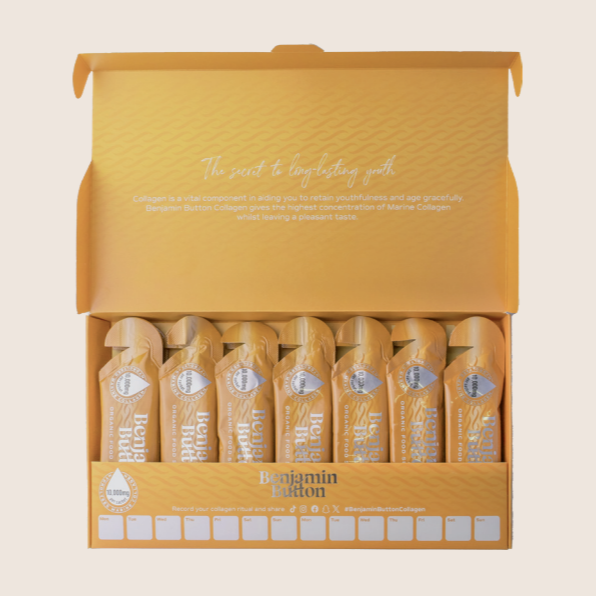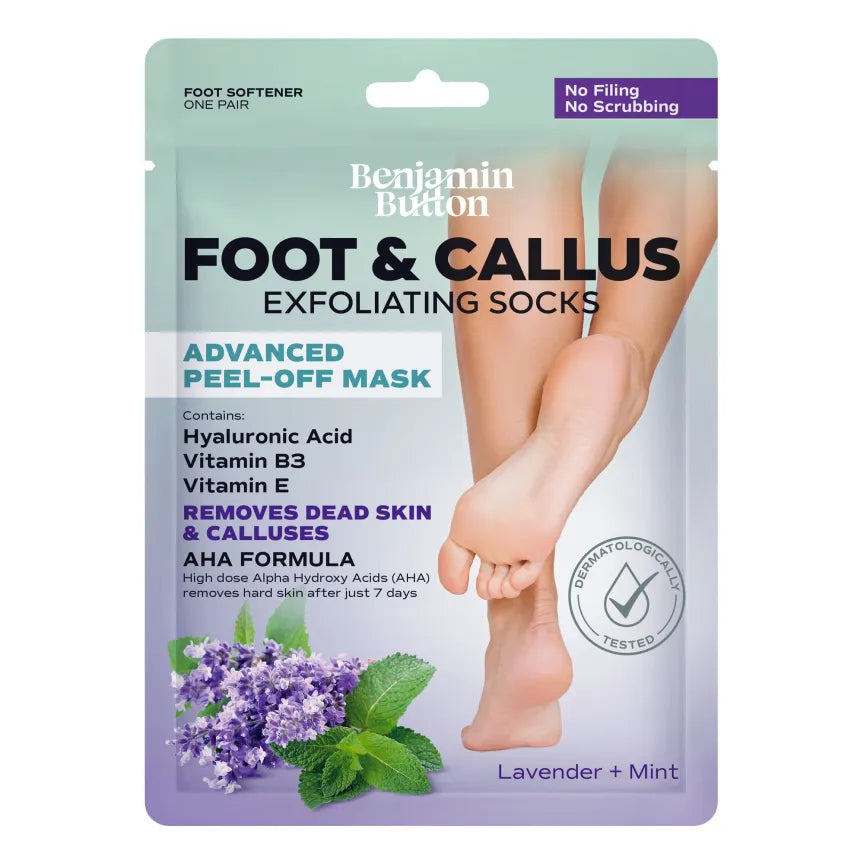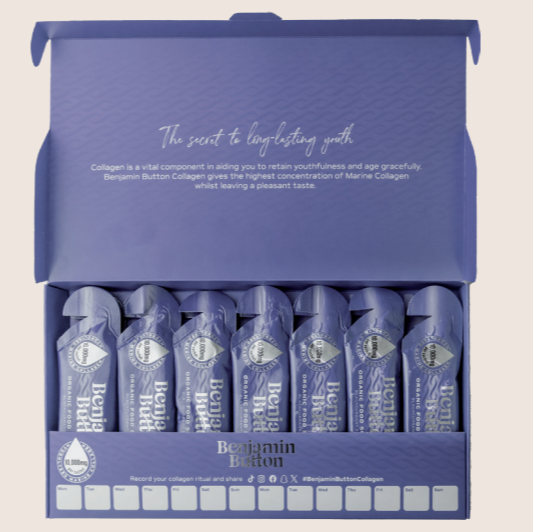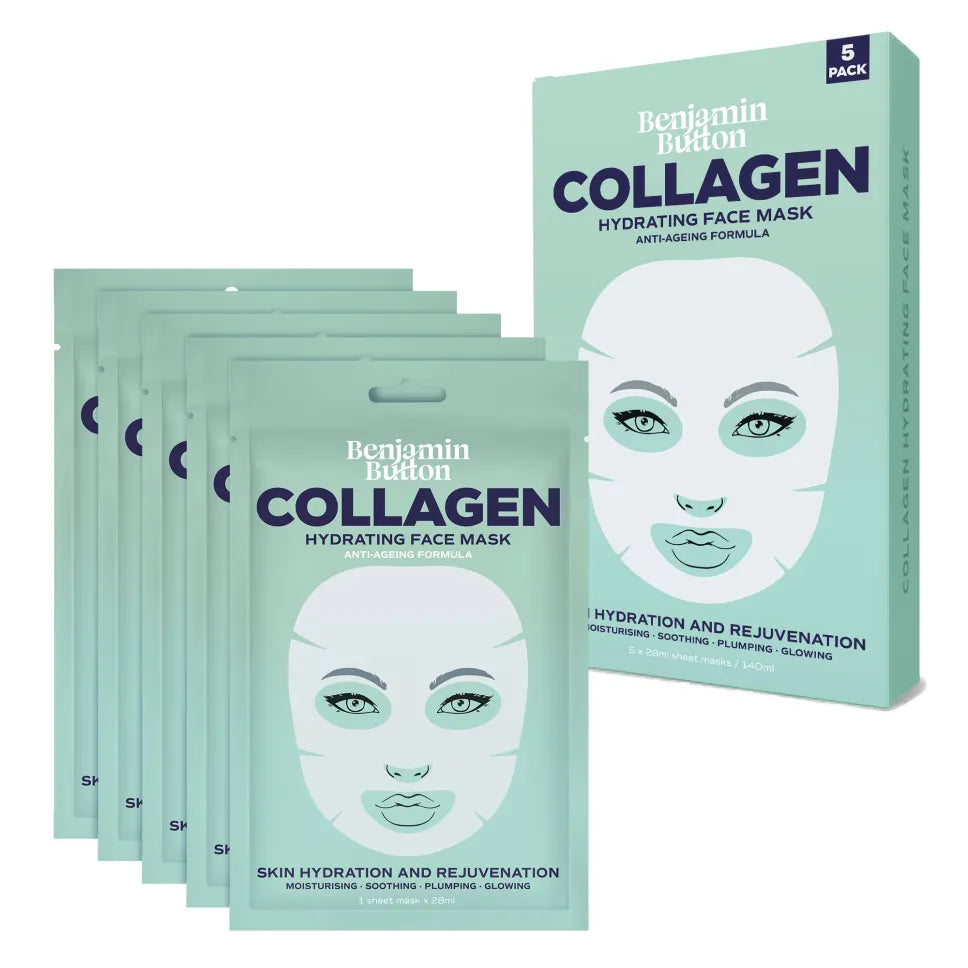The Heart of the Matter: Colin's Decision
Colin Farrell's journey as a father is filled with both joy and trials. His son was diagnosed with a rare condition known as Angelman syndrome, which affects development and behaviour. Recognising the complexities around this condition, Colin made the heartbreaking decision to place Henry in a specialised care facility, a step he deemed essential for his son’s growth and support.By making this choice, Colin has prioritised what he believes is best for Henry, ensuring that he receives the necessary therapy, education, and socialisation that might be challenging to provide fully at home.
Three Major Benefits of this Decision
Colin’s heart-wrenching decision to seek professional care for Henry was not taken lightly. Here are three significant benefits of this approach:- Specialised Support: Facilities tailored for developmental disorders offer expert care that meets the unique needs of children like Henry.
- Enhanced Social Interaction: Being in a setting with peers can improve social skills and emotional connections, essential for developmental growth.
- Access to Resources: These facilities provide access to therapists and educators specialised in developmental disorders, which can lead to significant advancements in abilities and potentially improve quality of life.
Does It Work for Its Intended Concern?
The reality is that Colin's decision aligns with a growing body of evidence suggesting that specialised care facilities can significantly aid children with conditions like Angelman syndrome. Research indicates that structured environments offer stability and routine – crucial elements for children facing similar challenges. Studies have shown improved communication skills, social behaviours, and independence when children receive tailored support.Furthermore, parents who have chosen similar paths often report positive transformations in their children, highlighting the critical resources and therapies provided in these settings as key to progress.
Preparation for Long-Term Care
If you are considering long-term care for a loved one, preparation is essential. Here are some steps to ensure a smooth transition:- Cleansing of Environment: Ensure that the transition space is comforting. Bringing favourite toys or items from home can facilitate familiarity.
- Patch Testing: Consult with the care facility regarding any specific needs or adjustments in the child's care plan. Regular meetings to discuss these changes can keep parents informed.
- Communication with Care Staff: Establish a direct line of communication with therapists and staff to track the child’s progress and address any concerns.
Practical Tips for Effective Usage of Long-Term Care
Making the most out of specialised care can be instrumental in your child's development. Here are some practical tips:- Stay Engaged: Regularly visit your child and participate in activities. Maintaining involvement helps build a stronger bond and allows you to track their progress closely.
- Maintain a Routine: Structured days are crucial. Keeping similar wake-up and bedtime routines, even while at the facility, can provide comfort.
- Be Open to Feedback: Take the insights provided by care staff seriously. Their expertise can guide you in adapting strategies at home to reinforce development.
Customer Reviews and Ratings
Colin's decision and the ongoing discussions about long-term care align with common sentiments echoed by other parents. Online forums and trusted review sites reveal a pattern of positive experiences associated with long-term care facilities. Parents often commend:- Compassionate and skilled staff.
- Improvements in their children's skills.
- A comprehensive approach to holistic development.
Reported Reactions and Who Should Avoid it
As with any major decision regarding care, it is pivotal to remain aware of potential reactions or setbacks. While many children flourish in long-term care environments, some may experience:- Emotional Distress: Adjusting to a new environment can be taxing.
- Allergic Reactions: New routines and therapies can sometimes cause unexpected responses.
Competing Products in Long-Term Care Solutions
Colin's choice highlights crucial factors that families should consider when evaluating care options. Here are three competing facilities that provide long-term developmental care, along with their key features:- Facility A: Focuses on a sensory-rich environment tailored for children with complex needs, integrating the latest therapeutic trends.
- Facility B: Offers a family-oriented approach, ensuring immediate family involvement in the care process and training for home support.
- Facility C: Specialises in a more academic approach, focusing on life skills and education, aiming to bridge the gap towards independence.
Colin Farrell's decision reflects a profound commitment to ensuring that Henry receives the precise type of support required for growth and happiness. While these choices can be the hardest to make, understanding the broader context can provide solace. The journey of parents in similar situations shines a light on the importance of love, understanding, and expert care in shaping a positive future for children with developmental challenges.























